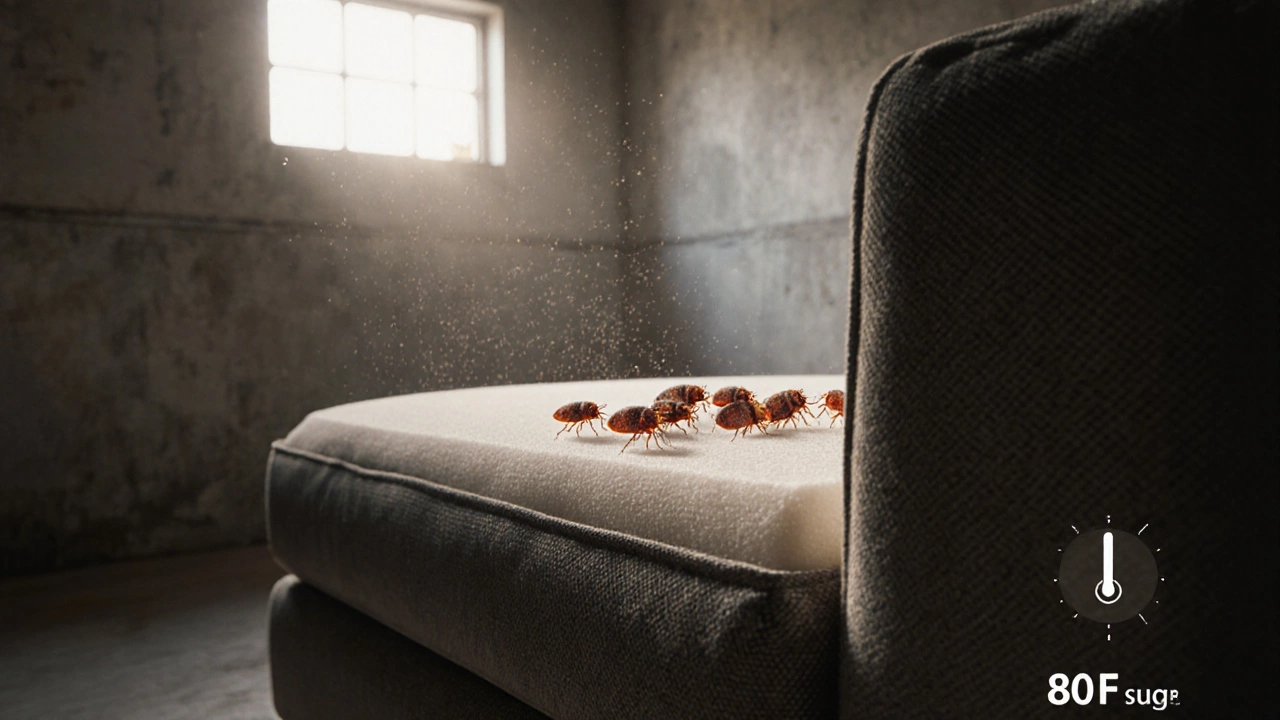Bed Bug Survival: What It Means and How to Beat It
When dealing with bed bug survival, the ability of bed bugs to stay alive and reproduce inside a home. Also known as bed bug persistence, it depends on several key factors. One major factor is the presence of bed bugs, tiny, blood‑feeding insects that hide in mattress seams, furniture cracks, and wall voids. Their continued existence is strongly influenced by pest control, the range of chemical, heat, and mechanical methods used to eradicate infestations, and by home hygiene, regular cleaning, decluttering, and vacuuming that removes hiding spots. Understanding bed bug survival starts with recognizing that bed bug survival requires effective pest control, and that home hygiene reduces bed bug survival rates. Even where you store items, poor storage practices can increase bed bug survival, because cluttered storage units give the insects shelter and food sources.
Key Factors That Influence Bed Bug Survival
Detection is the first line of defense. Visual checks of mattress edges, baseboards, and furniture upholstery reveal the tell‑tale dark spots or shed skins that signal an active infestation. Once spotted, the next step is to seal the bed with a mattress protector, a zippered, encasement‑style cover that traps bugs inside and blocks new ones from entering. This simple barrier cuts off the primary food source and directly lowers survival chances. Meanwhile, maintaining home hygiene, by vacuuming seams, laundering linens at high temperatures, and reducing clutter removes the micro‑habitats that bed bugs need to hide. Temperature treatments—raising room temperature above 50 °C or chilling below 0 °C—are another proven way to disrupt the life cycle, showing that environmental control directly influences bed bug survival. Finally, professional pest control, services that apply licensed insecticides, heat chambers, or integrated pest management plans, often provide the most reliable long‑term reduction, because they address both visible insects and hidden eggs.
When it comes to treatment, options vary from DIY sprays and traps to thorough professional extermination. DIY products can knock down numbers quickly but may miss eggs, allowing the population to rebound—illustrating why incomplete treatment can actually boost bed bug survival. Professional pest control teams use a combination of chemicals, heat, and follow‑up inspections, which together create a multi‑layered assault that leaves few survivors. After treatment, ongoing vigilance is essential: regular inspection, continued use of mattress protectors, and keeping storage areas clean keep the environment hostile to any stray bugs. By connecting the dots—detect early, seal the bed, maintain hygiene, and apply targeted pest control—you create a system where bed bug survival becomes highly unlikely. Below you’ll find a curated set of articles that walk you through detection methods, treatment choices, and long‑term prevention strategies, giving you the tools to stay one step ahead of any infestation.
Bed Bug Survival on Stored Furniture: How Long Do They Live?
Learn how long bed bugs can survive on furniture in storage, what factors affect their lifespan, and how to prevent infestations before they become a problem.







